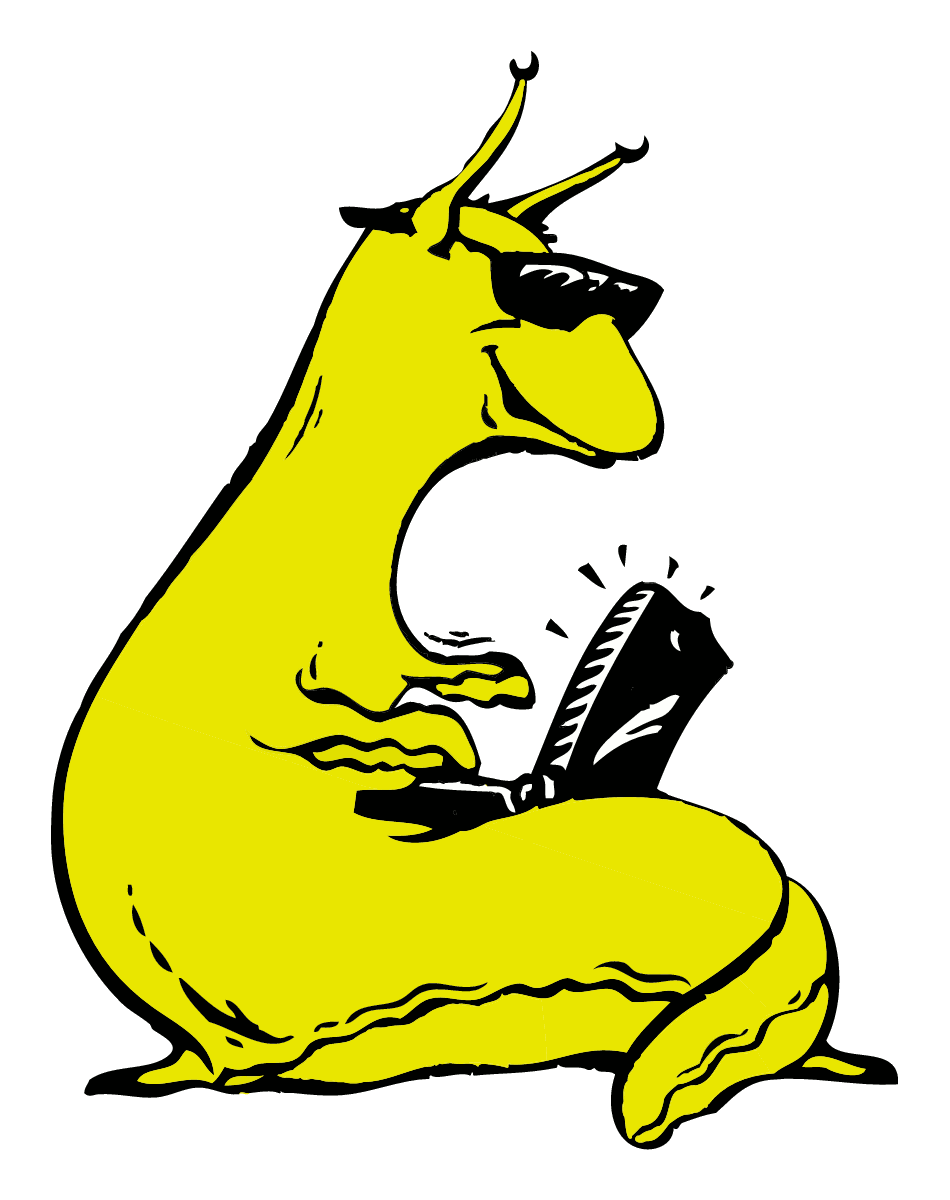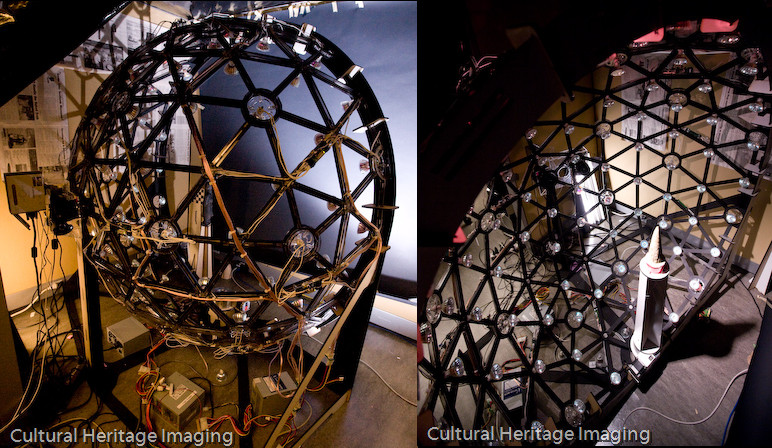
Image based Relighting Datasets
Graphics and Motion Capture Lab


|
Image based Relighting DatasetsGraphics and Motion Capture Lab |

|
| About the Data | ||||
|
Information Gallery People |
These datasets were captured at the Graphics and Motion Capture Lab for image based rendering and relighting research. Most of the single view datasets were captured as part of a class project of an undergraduate graphics class. If you end up using these datasets for your research please cite this technical report (bibtex).
Large Dome All the multiview datasets and most of the single view datasets were captured using the hemispherical lighting rig shown below.  Dome in horizontal orientation.  Dome in vertical orientation. Images courtsey of Cultural Heritage Imaging
Dome in vertical orientation. Images courtsey of Cultural Heritage ImagingThe dome has a diameter of 1.5m(?) and is equipped with 90 halogen lights that can be individually controlled through the computer. The primary camera used is an 8 mega pixel Canon Rebel XT DSLR. The object is placed in the center of the dome with the camera pointing at it from the apex of the hemisphere. To capture the multiview datasets, the object was placed on a computer controlled turn-table. We used a Velmex 4836TS turn-table which can be rotated with an accuracy up to 0.01 degrees. The light positions of this dome can be found in bigdome.lp. More on parsing this file later. Small Portable Dome The datasets with 24 images were captured using this dome.  A side view and a frontal view of the small dome This dome was designed to be portable with a diameter of X . It uses 24 incendiary flash lights which together with the camera (Canon 20D DSLR) is connected to a control box. The acquisition is triggered by the control box and the images are saved directly on the camera SD card, and does not require interfacing with a computer Naming conventions and data files Each dataset is stored as a zip file which can contain just the 24 / 90 images for different lighting directions or repeated sets of such images for multiple viewpoints. Light position files : Since the domes are stationary and rigid, the light positions relative to the object remain constant. The file will have as many rows as there are lights in the dome, and each row will have the X, Y, and Z positions of the light relative to the object. There are two light position files, bigdome.lp for the large dome and smalldome.lp for the small one. The number of images in the dataset (90 or 24) can be used to determine the dome it was captured with. File names: In the case of a single viewpoint capture, the filenames follow a form of prefix_XXXX.jpg where XXXX is a zero padded four digit number giving the index of the light which the image was taken under. In a multiview capture, the filenames follow the format prefix_YYYY_XXXX.jpg / raw where XXXX is the light index and YYYY is a 4 digit representation of the degree of the turntable rotation upto one decimal point precision. For example, an image taken under light 24 at a turntable rotation (i.e. viewpoint) of 63.5 degrees would be represented as prefix_0635_0024.jpg. Color balancing and lamp usage: Additionally, since the output illumination of some halogen lamps was not uniform, we computed a scaling factor for the RGB channels of the large dome. This was not an issue with the smaller dome since the incendiary flashes all have a uniform output. The scale factors were stored in file with the .DAT extension in the same folder as the datasets. This file also has the same number of lines as the number of lights, and each line has 3 values between 0..1 , the scale factors for R, G, and B respectively. Also note that some lights were burnt out during capture, which is indicated by 1 1 1 (why not 0 0 0?) in the file. These lights can also be recognized by the fact that the images would show up completely dark. |
|||
|
November 2011 |
||||